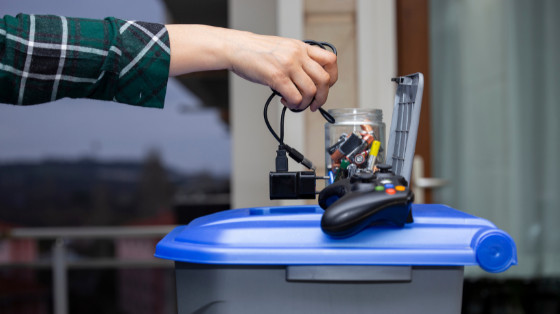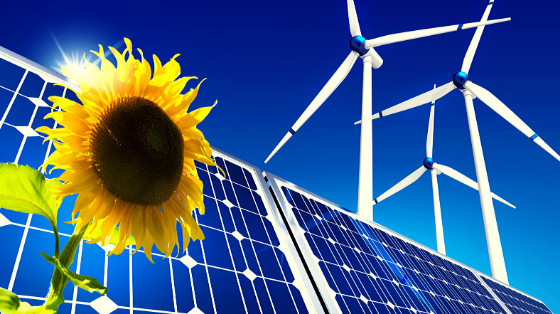What is Electronic Waste Recycling and Why Do it?
A question on many people’s minds these days is what is electronic waste recycling and why do it? What is Electronic Waste Recycling? Electronics Recycling is the process of transforming e-waste and turning it into reusable materials. It is an essential activity that is beneficial to the environment and businesses. We live in a world […]
What is Electronic Waste Recycling and Why Do it? Read More »


